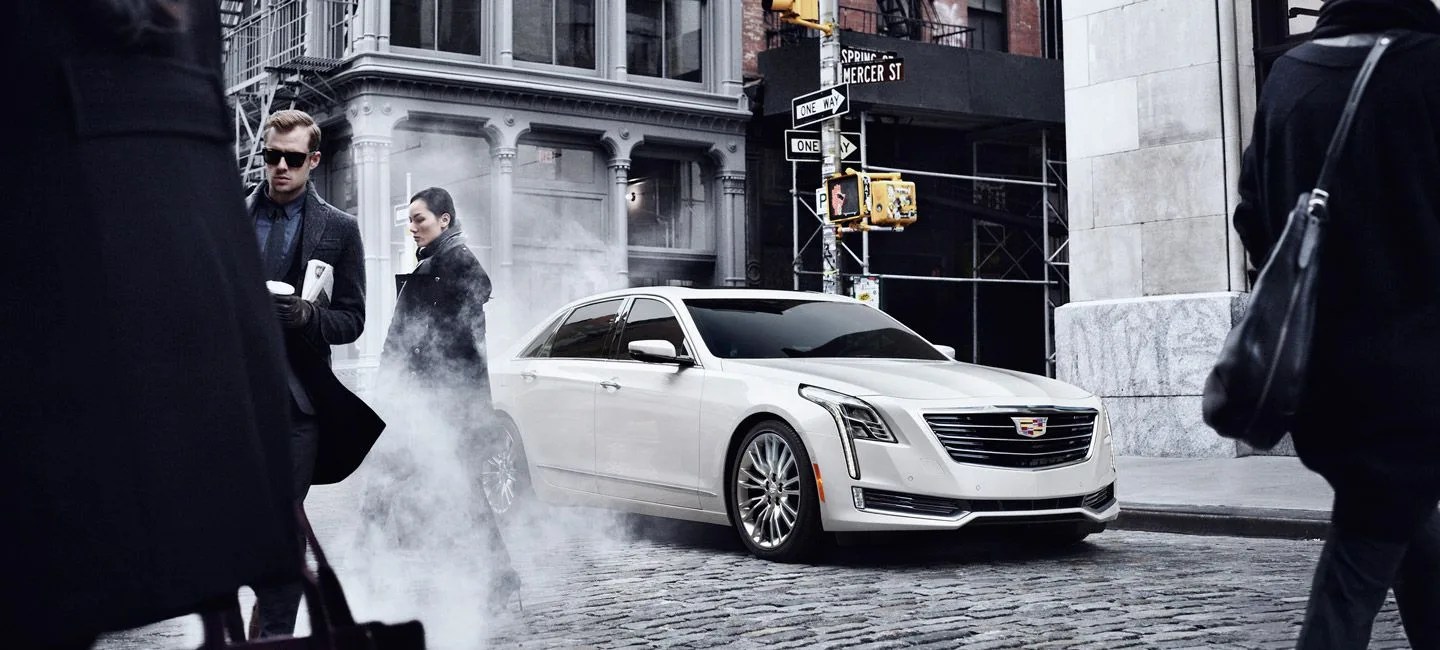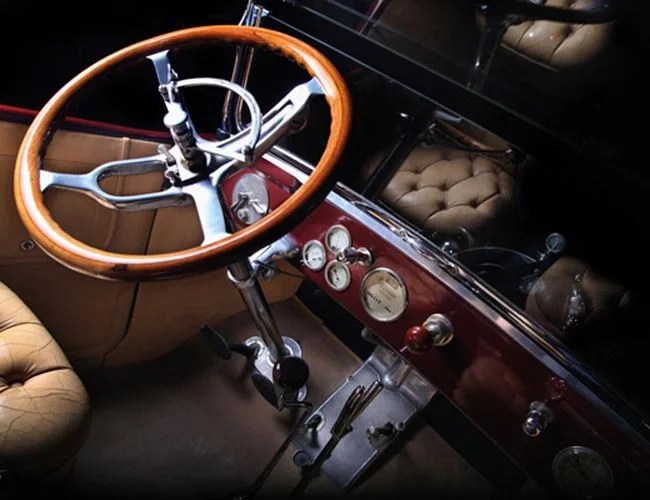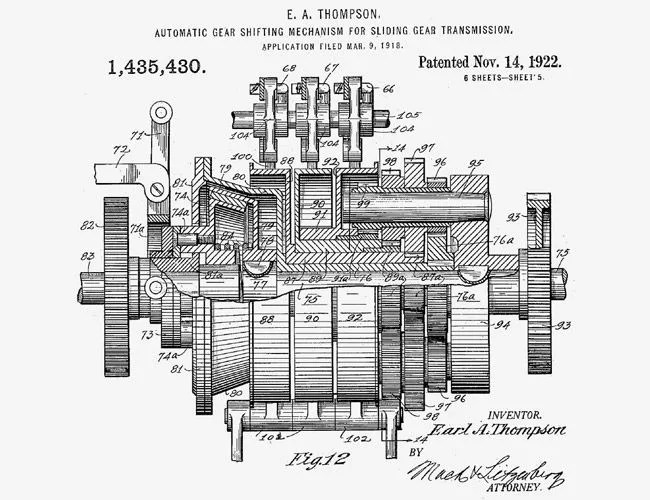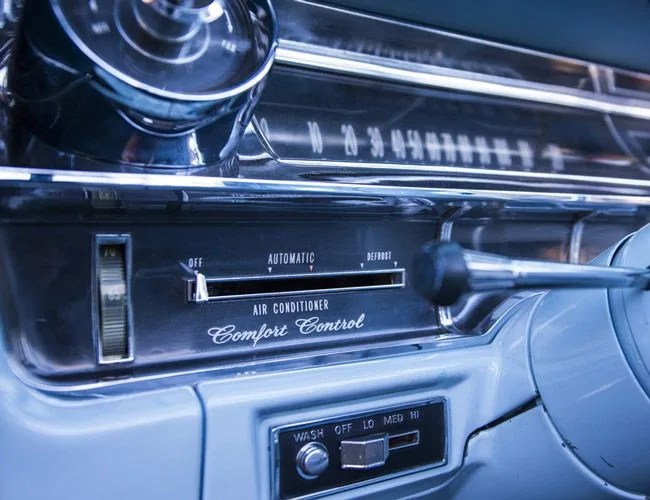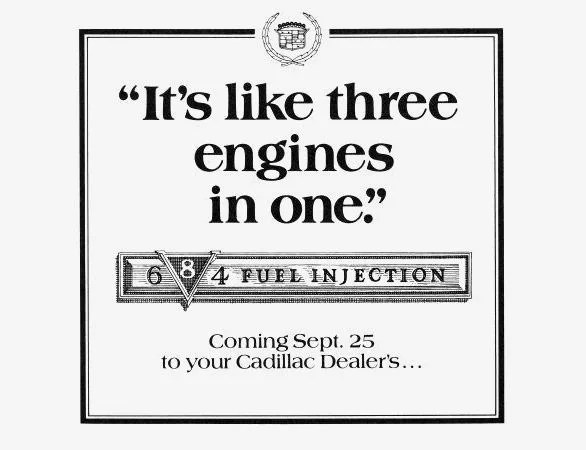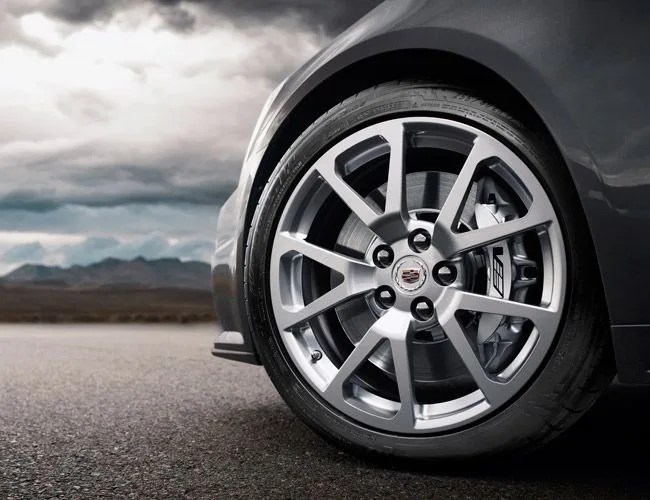“The Cadillac of such-and-such” is a colloquial phrase, coined in the earlier half of the 20th century, that equates a “such-and-such” with the quality of being top-notch or highly regarded. For the last couple decades, the phrase has felt antiquated, not necessarily because Cadillacs are not top-notch — though, many of them were subpar in the ’80s, ’90s and through most of the 2000s — but because Cadillac is far from the being the automotive leader it once was. But that figure of speech shouldn’t be sidelined. With the exception of recent bleak years, Cadillac historically has been on the forefront of innovations that have made the act of motoring more refined. Some are intuitive, others complex, but they all serve to make the cars of today that bit of luxury comfort we’ve come to accept as standard.
Enclosed Body
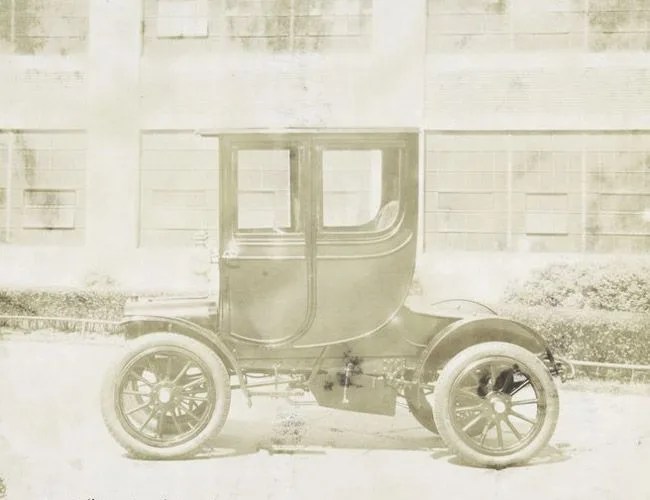
Admittedly, it’s a simple innovation, but when Cadillac put a fixed roof on a Model H it became the first manufacturer to build a car with a fully enclosed cabin. Very few coupe versions of the Model H were built and, at the time, they cost $3,000 — an astronomical figure. Just a year later, Cadillac would build fixed-roof cars in greater numbers in the form of the Model M Coupe.
Electric Starter
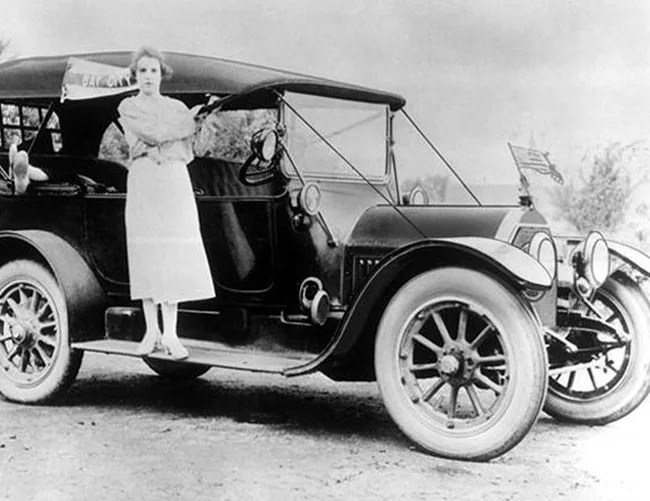
The hand-crank method of starting a car, ubiquitous in the early days of motoring, was not only inconvenient, it was downright dangerous. The hand-crank would rotate the crank shaft, starting the pistons until they had enough steam to run on their own. When that happened the hand-crank would automatically disengage, but if the engine “kicked back” (essentially running in reverse) the crank would not disengage and a motorist could end up with a mangled hand. This happened to an acquaintance of Henry M. Leland (head of Cadillac) who, with the help of famed engineer Charles F. Kettering, created the electric starter in 1911.
